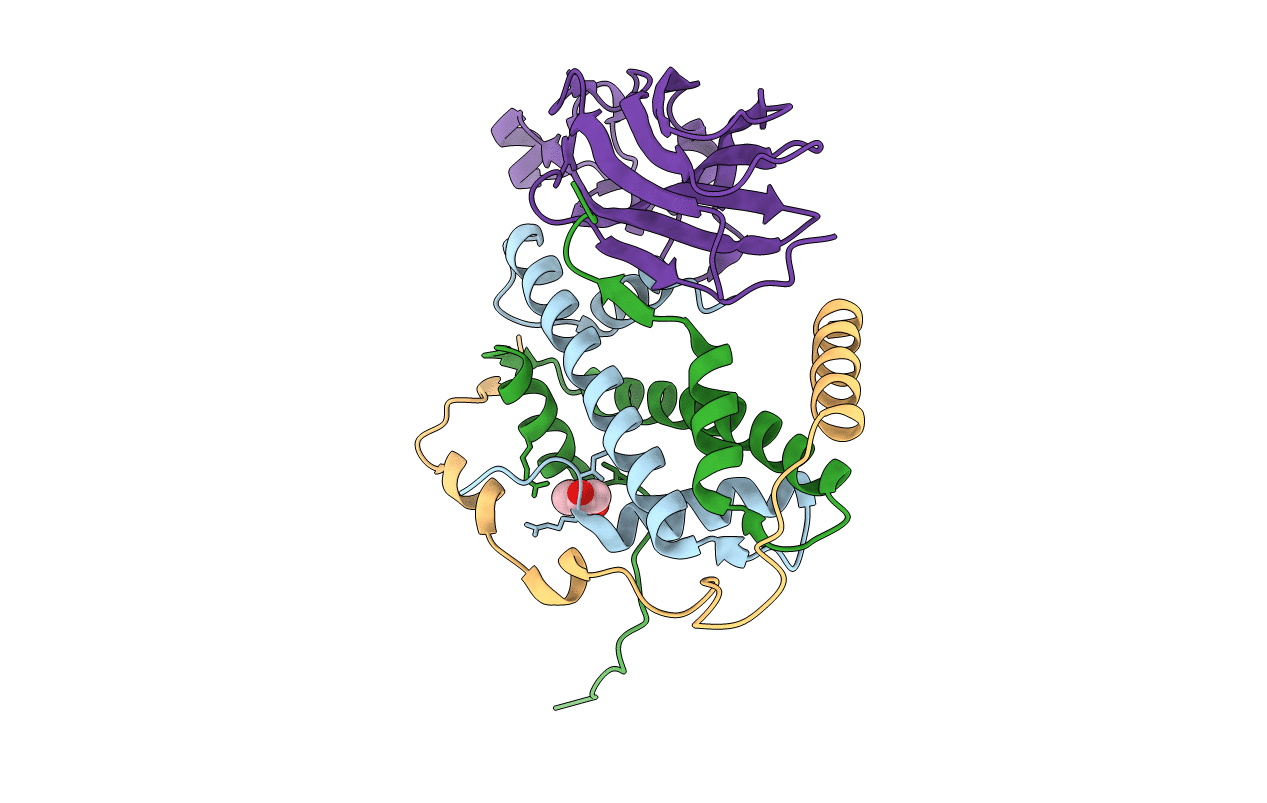
Deposition Date
2015-05-26
Release Date
2015-06-17
Last Version Date
2024-03-06
Entry Detail
PDB ID:
5BNX
Keywords:
Title:
Crystal structure of Human MCM2 HBD and ASF1b chaperoning a histone H3.3-H4 dimer
Biological Source:
Source Organism:
Homo sapiens (Taxon ID: 9606)
Host Organism:
Method Details:
Experimental Method:
Resolution:
2.31 Å
R-Value Free:
0.21
R-Value Work:
0.18
R-Value Observed:
0.18
Space Group:
P 31 2 1


